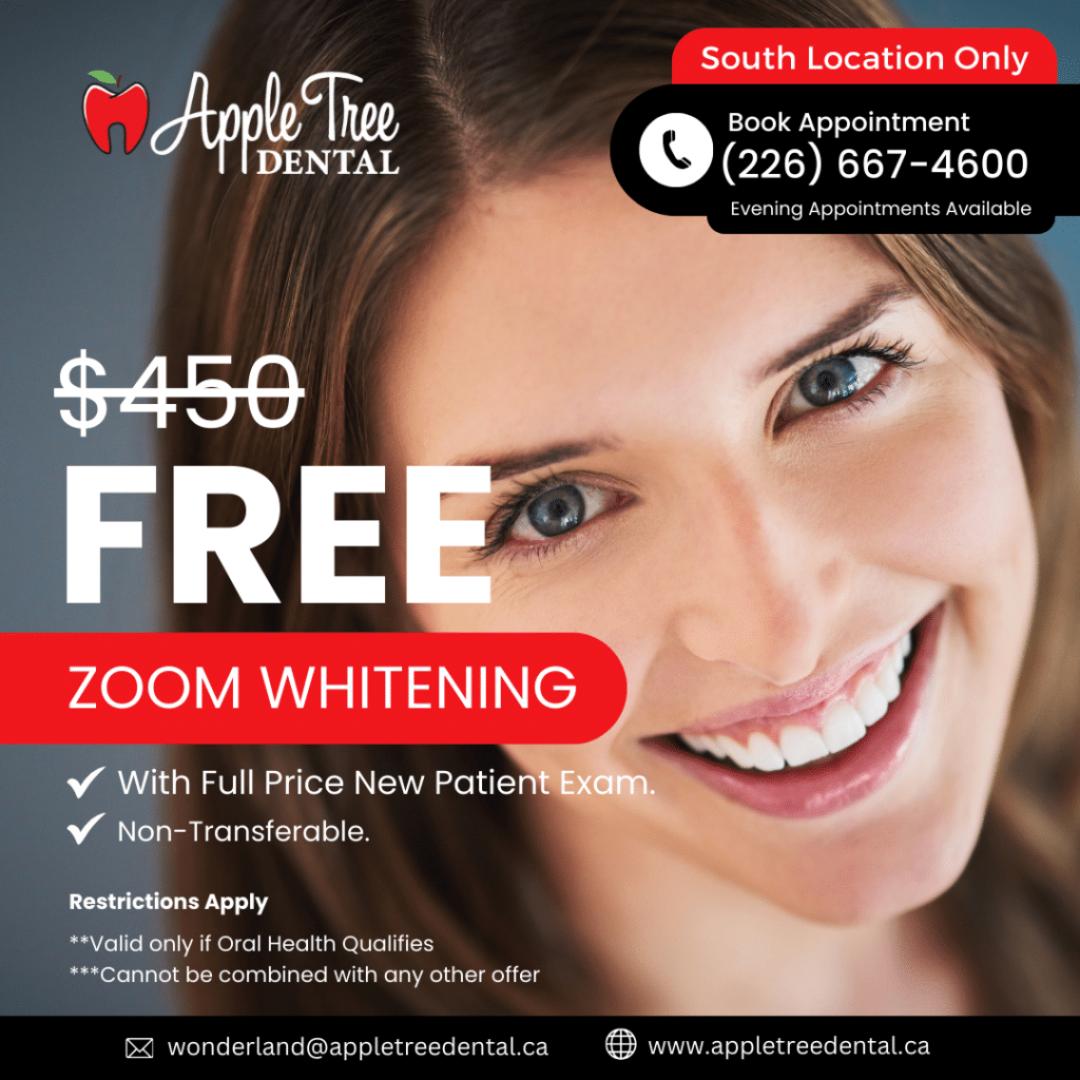Blog
Preventing Baby Bottle Tooth Decay
Introduction:
We at Apple Tree Dental want our clients to have a healthy smile. This compiled article provides helpful tips to save your baby’s teeth and prompt a healthy long-term smile.
[1]Even though they are temporary, your child’s baby teeth are important and are still susceptible to cavities. Tooth decay in infants and toddlers is often referred to as Baby Bottle Tooth Decay or Early Childhood Caries. Their first teeth also help make sure their adult teeth come in correctly. What Causes Baby Bottle Tooth Decay?
Baby Bottle Tooth Decay most often occurs in the upper front teeth, but other teeth may also be affected.
Many factors can cause tooth decay. One common cause is the frequent, prolonged exposure of the baby’s teeth to drinks that contain sugar. In addition, tooth decay can occur when the baby is put to bed with a bottle or when a bottle is used as a pacifier for a fussy baby.
If your infant or toddler does not receive an adequate amount of fluoride, they may also have an increased risk for tooth decay. The good news is that decay is preventable.
[2]Tooth decay develops when acid-producing bacteria infect a baby’s mouth. Parents and caregivers can pass bacteria to babies through saliva. For example, bacteria are spread by sharing saliva on spoons or cups, testing foods before feeding them to babies and cleaning off a pacifier in the parent’s or caregiver’s mouth.
Tooth decay also develops when the child’s teeth and gums are exposed to any liquid or food other than water for long periods or frequently throughout the day. Natural or added sugars in the liquid or food are changed to acid by bacteria in the mouth. This acid then dissolves the outer part of the teeth, causing them to decay.
[3]Signs of Baby Bottle Tooth Decay
You can look for signs of decay on the gumline of their upper front teeth, where you might find white spots on the teeth. However, these signs may be hard to see without proper equipment. That’s why it’s recommended to bring your baby to a pediatric dentist. That way, you can get a clear plan on how to take care of your baby’s new teeth and prevent any early decay right from the start.
However, if decay does start affecting your baby’s teeth, issues can arise.
- Pain and discomfort in the mouth
- Potential costly dental care down the line or emergency care
- Damage to permanent teeth or loss of the space needed for them to grow in
- Infections that could lead to other health issues
While all this sounds frightening, don’t worry—treating and preventing Baby Bottle Tooth Decay is doable.
Preventing Baby Bottle Tooth Decay
- Try not to share saliva with the baby through the common use of feeding spoons or licking pacifiers. After each feeding, wipe your child’s gums with a clean, damp gauze pad or washcloth.
- When your child’s teeth come in, brush them gently with a child-size toothbrush and a smear (or grain of rice-sized amount) of fluoride toothpaste until the age of 3.
- Brush the teeth with a pea-sized amount of fluoride toothpaste from 3 to 6.
- Supervise brushing until your child can be counted on to spit and not swallow toothpaste—usually not before he or she is 6 or 7.
- Place only formula, milk or breast milk in bottles. Avoid filling the bottle with liquids such as sugar, water, juice or soft drinks.
- Infants should finish their bedtime and nap time bottles before going to bed.
- If your child uses a pacifier, provide a clean one—don’t dip it in sugar or honey.
- Please encourage your child to drink from a cup by his/her first birthday.
- Encourage healthy eating habits.
Conclusion:
We hope that this article has been helpful. Check back frequently for other oral health tips here at Apple Tree Dental.
Article compiled by AppleTreeDental.ca
Article Reference links:
- https://www.mouthhealthy.org/en/az-topics/b/baby-bottle-tooth-decay ↑
- https://www.healthychildren.org/English/ages-stages/baby/teething-tooth-care/Pages/How-to-Prevent-Tooth-Decay-in-Your-Baby.aspx ↑
- https://www.colgate.com/en-us/oral-health/kids-oral-care/treatment-for-baby-bottle-tooth-decay ↑






